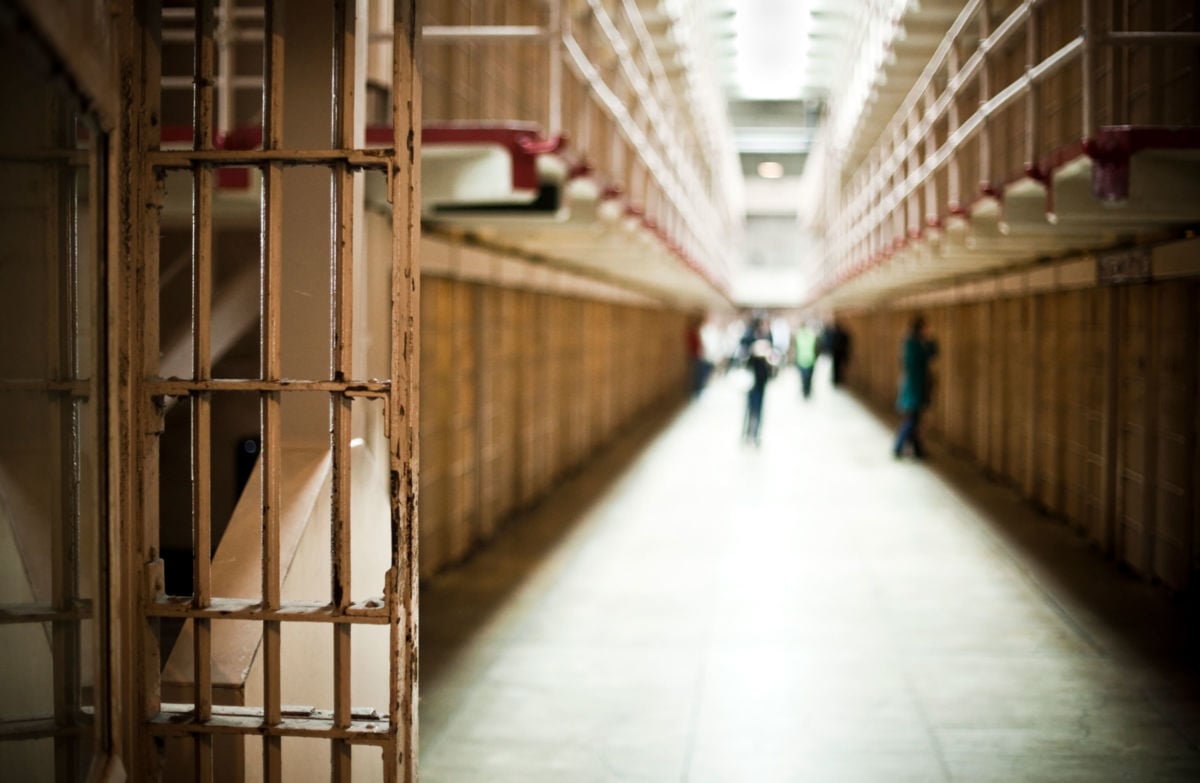Part of the Series
Progressive Picks
The Road to Abolition
In All Our Trials: Prisons, Policing, and the Feminist Fight to End Violence, author Emily Thuma brings our attention to feminist movements in the 1970s that resisted the use of policing and imprisonment as a means to end gender violence. Thuma’s book uncovers a rich history of grassroots activism that grasped how state violence caused harm rather than addressed it. In this exclusive interview with Truthout, Thuma discusses how these movements organized with one another in and outside of prisons, and laid the groundwork for today’s abolitionist feminism.
Anton Woronczuk: In the epilogue of All Our Trials, you write that you see this book “as a contribution to the larger collective project of upending today’s hegemonic story that incarceration is necessary to end gender violence.” How is the history of organizing against gender and sexual violence in the 1970s helpful for today’s struggles?
Emily Thuma: Since the visionary feminist of color organization INCITE! was founded in 2000, there has been an upsurge of organizing and writing that has challenged the still dominant idea that policing and imprisonment are solutions to––rather than sources of––gender violence. This work has involved building alliances between prison abolition and feminist antiviolence organizations; organizing for the freedom of criminalized domestic and sexual violence survivors; developing and documenting community accountability strategies for interpersonal violence (see especially here and here); and more. All Our Trials shines a light on grassroots feminist activism at the nexus of interpersonal and state violence in the 1970s, showing how it helped seed the ground for today’s prison abolitionist feminism. This activism took a range of forms, including mass defense campaigns to free Black, Latina, and Indigenous women prosecuted for killing their sexual assailants; mobilizations against conditions of confinement in women’s prisons; and radical media production. This history helps us see that the rise of carceral feminism (a process scholar-activist Mimi Kim calls the “carceral creep”) was fiercely resisted from the start. It highlights the dangers of what we might think of as single-violence politics. And it reminds us of the critical importance of intersectional praxis.
What role did grassroots print media play in these movements and in the lives of incarcerated people?

In a broad sense, radical print media were crucial tools for attacking the isolation at the heart of social control in prisons. The third chapter of the book shows how women’s prison newsletters like Through the Looking Glass and No More Cages played an important role in the making of an anticarceral feminist agenda. This outlaw print culture circulated the stories, analyses, and resistance strategies of criminalized survivors of sexual and domestic violence while also generating an understanding of incarceration itself as a form of “violence against women.” Letters and dispatches from inside testified to the everydayness of sexual harassment and coercion, and, at the same time, indicted routine custodial practices such as body cavity searches, rules policing affection, and compulsory psychotropic medication as gendered and sexualized violence. By creating channels of communication among far-flung people and places, feminist prison newsletters enabled activists on both sides of the bars to exchange ideas and solicit allies for their campaigns to expose and improve conditions of confinement, defend women who killed their batterers and sexual assailants, etc. And in this way, these publications not only documented prison activism but also helped to fuel and shape it.
In assembling these histories — some of small, short-lived organizations — did you find anything about organizational or movement practices that shaped their success in challenging carceral solutions to violence?
The vast majority of the campaigns and activist formations I discuss in the book prioritized two related practices: making links between multiple forms of violence, and building coalitions across movements. The freedom campaigns for criminalized survivors that I mentioned earlier each represented a broad cross-section of racial, economic and gender justice organizations. These campaigns catapulted issues of racial criminalization and imprisonment to the center of feminist debates about the role of law reform in the fight to end rape and abuse. Coalitions in Boston and Washington, D.C., respectively led by the Combahee River Collective and the D.C. Rape Crisis Center, brought together activists working on interpersonal violence, police violence, judicial racism, and housing and health rights, and these formations were on the front lines of developing non-carceral violence intervention and prevention strategies. In Massachusetts, a wide range of feminist, antiprison, and antipsychiatry groups formed the Coalition to Stop Institutional Violence. This alliance mobilized against the many tentacles of what activists called the “prison/psychiatric state.”
One of the other practices many of these activist formations shared was building relationships of solidarity and care across prison walls. Inside/outside organizing brought the experiences and insights of those bearing the brunt of carceral violence to the fore. Which is to say, this practice was absolutely foundational to the development of an anticarceral feminist politics.
Join us in defending the truth before it’s too late
The future of independent journalism is uncertain, and the consequences of losing it are too grave to ignore. To ensure Truthout remains safe, strong, and free, we need to raise $43,000 in the next 6 days. Every dollar raised goes directly toward the costs of producing news you can trust.
Please give what you can — because by supporting us with a tax-deductible donation, you’re not just preserving a source of news, you’re helping to safeguard what’s left of our democracy.
